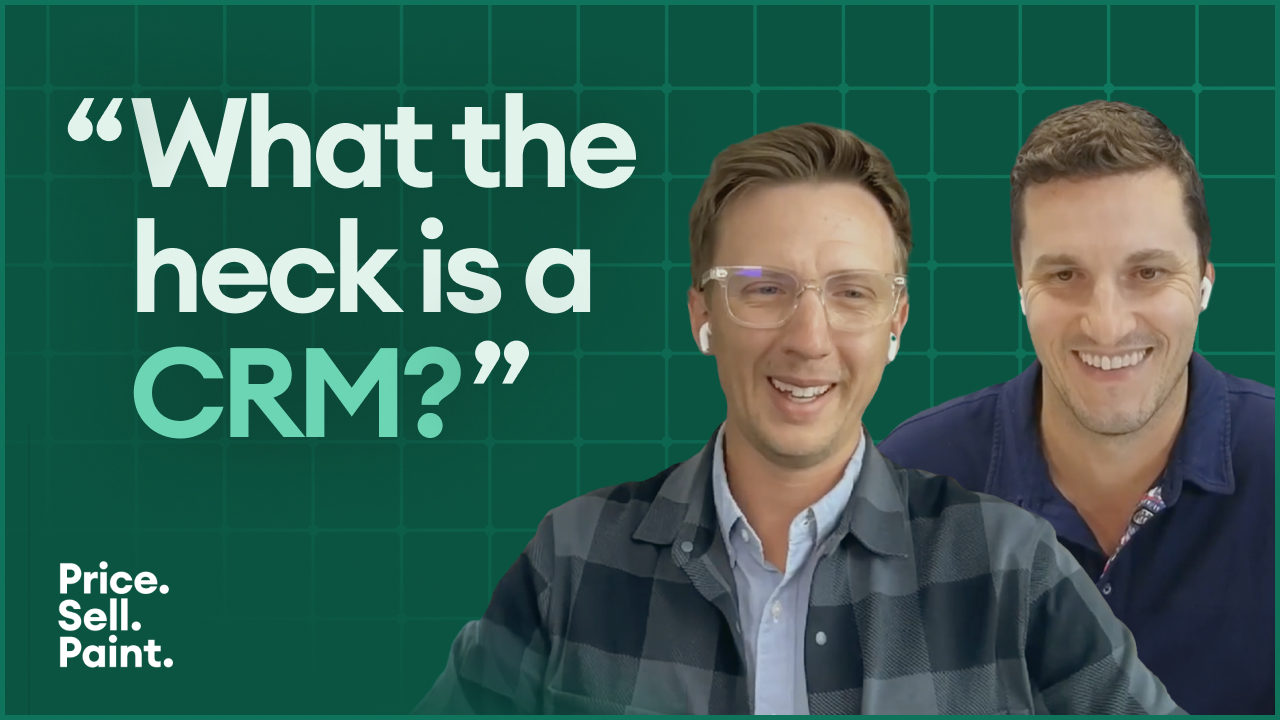
Jon Bryant & Michael Murray use their combined 30+ years of experience in the painting industry to dig deep into finding the tools, tactics, and tricks to help you succeed.
Podcast Episode
Should Painting Contractors Offer Discounts?

.svg)
In Part 2 of this discussion on pricing strategies in the painting industry, Jon & Michael focus on the pros & cons of discounting. They explore how to balance capacity with pricing, the psychology behind pricing, and the necessity of maintaining profitability during slow seasons. This episode emphasizes the need for an abundance mindset to thrive in a competitive market. Remember, if you didn't catch Part 1, be sure give it a listen!
Subscribe: http://ow.ly/2P0250NqzMZ
Jon Bryant: Hello and welcome to Price Sell Paint guys. This is part two of two of a conversation that Michael and I had regarding why you need to raise your prices. If you didn't catch part one, I recommend that you go back and take a listen to it first before we get into the second half of the conversation, which is all about discounting: pros, cons, why you should, why you shouldn't, and how to do it appropriately. Let's get into it.
Michael Murray: Okay, so you just mentioned we've got to charge more, raise your prices. I 100% agree. Now we need to talk about discounting and what about staying busy? How does that factor in here? You just said raise my prices, but I've also heard maybe sometimes I want to do a discount or maybe I should never do a discount. People on the Facebook groups talk about discounts and I don't really know how to think about this. Those might be some of the questions that somebody's coming to this episode thinking about. Let's talk about discounts.
Jon Bryant: Yeah, so you have people kind of staunchly on both sides. "No discounting." "I discount everything by a hundred dollars in order to get a job because that's the difference." What's interesting—I've talked to many, many people about this—some people say it's against the brand principle or it's starting to cheapen our work a little bit.
The thing that I've heard you say, and I reference it now all the time, is that top brands that we purchase from discount. I don't go to Banana Republic and ever go when it's regular price. I know their process and I still think that the quality is decent. I'm not completely against that. It's a motivator. We know this. Consumers are conditioned a little bit to think about discounts.
But some brands don't—you don't go see Apple discounting. And so we need to figure out what this means for our businesses, I think. Let's talk a little bit about maybe the approach of discounting a little bit and how that reflects on our price. So Michael, go ahead.
Michael Murray: Yeah, I mean my favorite way to think about this from a pricing strategy—because that's a lot of what we're talking about here—I love the analogy of the airline industry. I think most people have experienced that. We kind of can—we don't really understand it but we conceptually do—that not everybody on the plane paid the same price for that ticket. And I'm not talking first class versus economy. I'm just talking about the economy tickets generally are never the same price. And we know that. We go on all these different websites—Google or TripAdvisor or Kayak or sites like that—we're looking for the best deal. Because we know that they're not all the same price.
And we can see on Google, it tells us, "Hey, this price is higher than normal. You might want to wait. You might want to time this thing up a little bit." And so there's different prices. So why is that? Well, because part of what the airline needs to do is fill the seat. And so they're going to incentivize purchasing based on capacity.
As a painting company, we are very similar. We have a specific amount of capacity in a given week, day, or month. And the way that we like to think about it is on a monthly basis: what's our capacity? How many hours do we have available based on how many employees or team members do we have working for us? That's going to give us a pretty good idea of how much work we can get done.
So we know that, okay, in a given month, if we need to sell X number of hours to get to full capacity, then as we are thinking about it, it's like, how close are we to capacity is going to determine how willing we are to provide a discount.
Michael Murray: One of the strategies that we do to really help to keep our painters busy and keep ourselves fully staffed in the winter is we offer discounts starting in July and August, especially up until Thanksgiving, off of our normal price. It's a real discount for a customer for interior work and some cabinet painting related work if they're willing to wait until after the holidays in first quarter—January, February, and March.
We know that in those months of July, August, September, October, even into November, there's a lot of demand. We still have a lot of leads, a lot of customers talking to us about projects—significantly more demand than we were going to get, especially in December and January. And so we want to capture as much of that demand as possible, but we can't get all those painting projects done in the next two months or whatever.
And so some customers are not very schedule sensitive. They just need their project painted, but not before they move in or before their party or whatever it is. And so they're willing to wait until after the holidays if we give them incentives to do so. And so that might be a 5%, 10%, even 15% discount. And we're willing to do that because we know that we're going to book some projects for January.
With people who need it done in January, who want it done in January—maybe they contact us in December—there will be some demand in December for leads and for estimates. And so that work, if the customer wants it done in the next month of January, they're going to generally pay the normal price because we've already kind of filled the seats at a discount that we can afford to.
And at this point, now we need to make sure that we're filling some of those seats at a regular price so that when it averages altogether, we're selling that capacity, that bucket, if you will, of January—maybe not all at top dollar, but not all at bottom dollar—at a good kind of average of that price that affords us to still pay for our overhead and at least break even, hopefully make a little bit of profit even in those slow months.
That's a big part of our pricing strategy.
